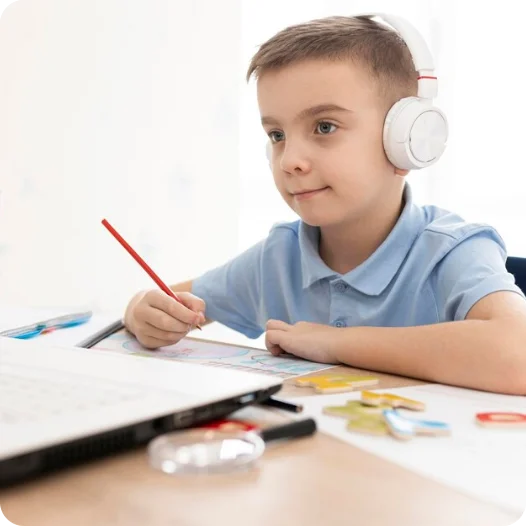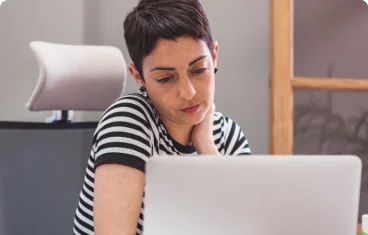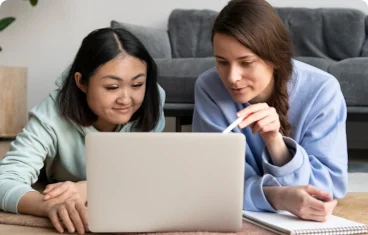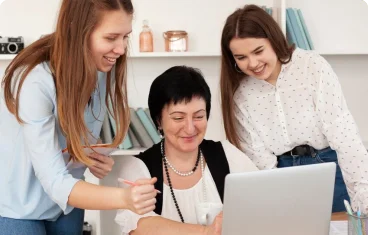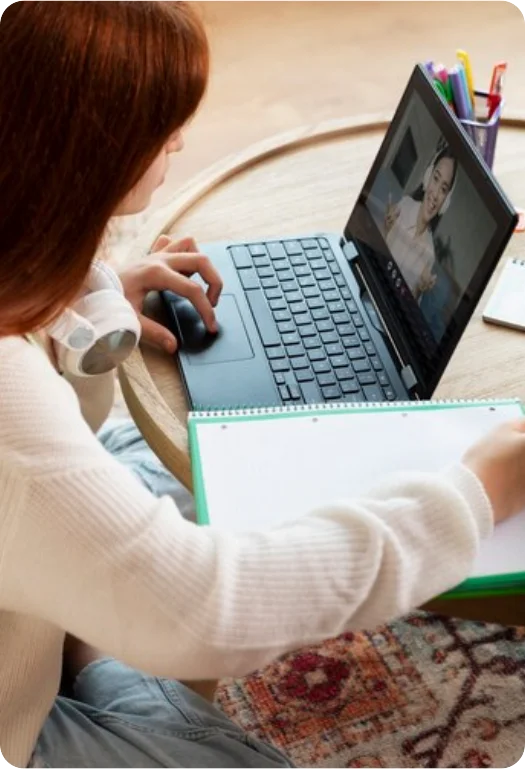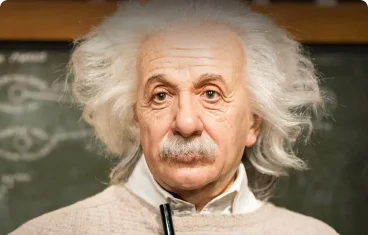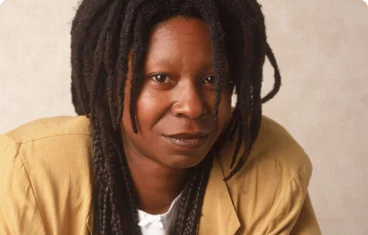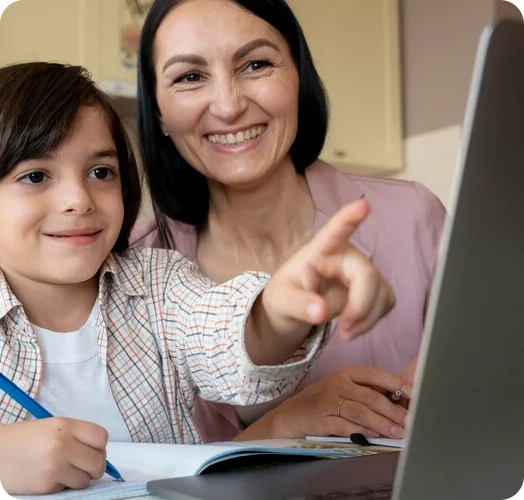difference vs disabilities
Learning Differences are NOT Disabilities
Learning differences, such as dyslexia, ADHD, and other neurodiverse traits, are often misunderstood. These differences do not define someone's ability to succeed; they simply mean a person learns in a unique way. Instead of viewing them as disabilities, it's important to recognize that with the right support and approach, these learners can thrive just like anyone else.
